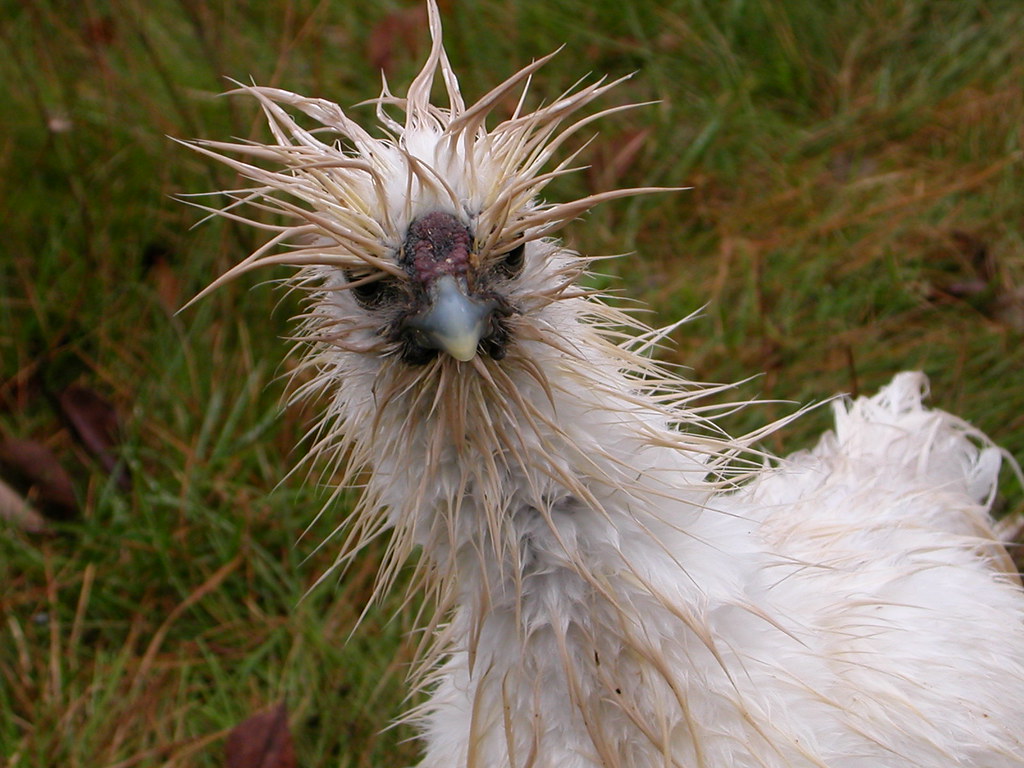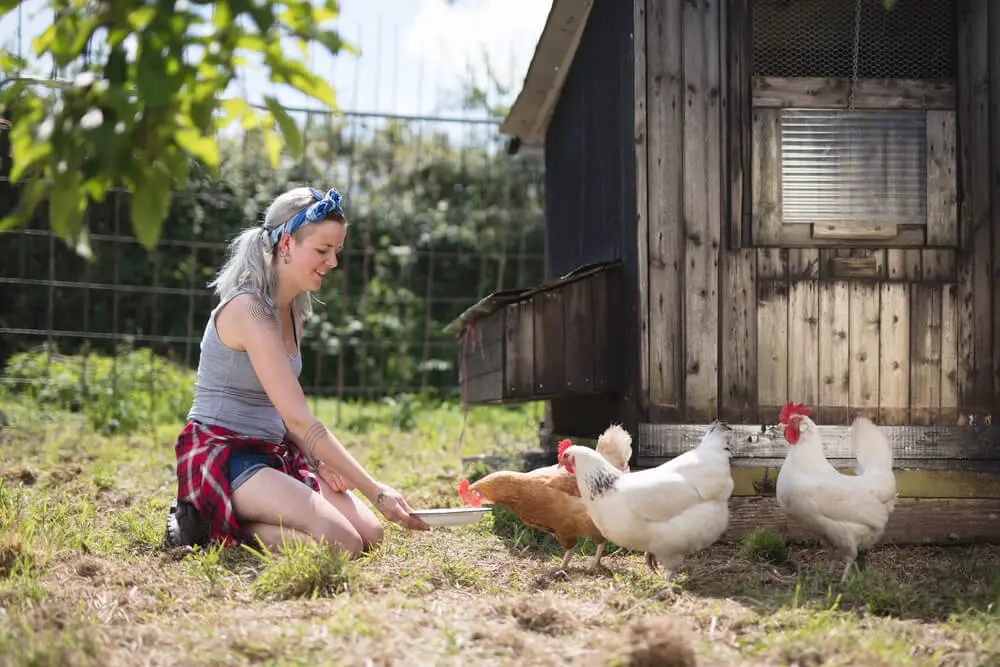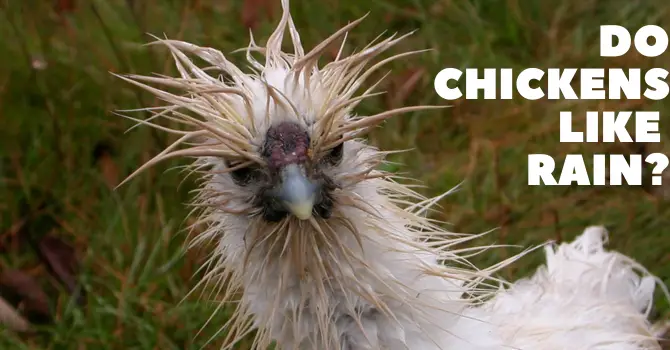Chickens, the most common poultry around the globe, often find themselves facing the elements, rain being one of them. While they have the liberty to roam outdoors, a downpour could pose certain challenges.
However, it’s not all gloom and doom when the clouds gather.
This article examines how chickens behave in the rain, the natural defenses nature has given them, and the human interventions that can make their rainy day adventures safer and more enjoyable.
Key Takeaways:
- Chickens have natural protective features that allow them to withstand light to moderate rain.
- Rainy days can provide unique foraging opportunities for chickens.
- Providing shelter and ensuring proper care can help chickens stay healthy and comfortable during rainy weather.
- Certain chicken breeds may require special attention on rainy days.
Chickens’ Behavior in Rain
Chickens have natural behaviors that they exhibit during rainy weather. Observing how they react to rain can be quite fascinating and educational for poultry keepers.

Foraging Opportunities
Rainy weather creates excellent foraging opportunities for chickens. As rainwater seeps into the soil, worms and other insects come to the surface, providing a natural feast for chickens. This natural phenomenon is particularly beneficial for free-range chickens, who enjoy foraging for their food.
Predator Protection
Light rain can also provide a form of predator protection. The reduced visibility and noise of rain can deter predators, allowing chickens to roam more freely and safely in their outdoor areas.
- Foraging: increased availability of worms and insects
- Predator Protection: Reduced predator visibility and activity
- Exploration: Opportunity for chickens to explore new areas with less risk.
Exploration and shelter-seeking
Chickens often venture out in light to moderate rain, exploring their surroundings and searching for food. However, during heavy rain or storms, chickens instinctively seek shelter to stay dry and warm. It’s essential to provide adequate shelter for chickens to retreat to during unfavorable weather conditions.
- Foraging: Chickens actively forage during light to moderate rain.
- Shelter Seeking: Chickens seek shelter during heavy rain or storms.
- Exploration: Chickens are curious animals and tend to explore their surroundings, rain or shine.
Precautions for Keeping Chickens in Rain
It’s imperative to take certain precautions when letting your chickens out in the rain to ensure their health and safety.
Providing Shelter
Providing adequate shelter is crucial to protecting chickens from heavy rain and other adverse weather conditions.
- Roofing: A solid roof to keep the rain out.
- Flooring: Elevated flooring to prevent water accumulation.
- Ventilation: Adequate ventilation is needed to maintain fresh air flow.
Breed Considerations
Certain breeds, like Silkies and Frizzles, have feathers that are not as water-resistant, requiring extra care during rainy weather.
Concerns and Solutions
Address issues like:
- Mud: Ensure proper drainage to prevent muddy conditions.
- Wet Bedding: Change bedding frequently to keep it dry.
Can chickens get sick from rain?
Chickens can potentially get sick from being in the rain if they are exposed for prolonged periods, especially if it’s cold. Ensuring they have a dry, warm place to retreat to is crucial.
What materials are suitable for building chicken shelters?
Materials like treated wood, metal roofing, and durable plastic can be used to build chicken shelters. It’s important to ensure the materials are weather-resistant and safe for the chickens.
Conclusion
This article has explored various aspects of chickens being out in the rain, emphasizing the importance of providing adequate shelter, understanding breed-specific needs, and addressing common concerns associated with rainy weather.
Through proper management and understanding of chickens’ behavior, poultry keepers can ensure the well-being of their flock regardless of the weather conditions.

Shannon Stansberry has been engaged in the business of raising chickens for more than 12 years. In 2016, she accomplished the Agriculture & Natural Resources program at Mt. San Antonio College. At present, she tends to more than 80 chickens on her 4-hectare farm. Shannon regularly shares her insights and experience on how to raise healthy and contented chickens on the platform Typesofchickens.com

